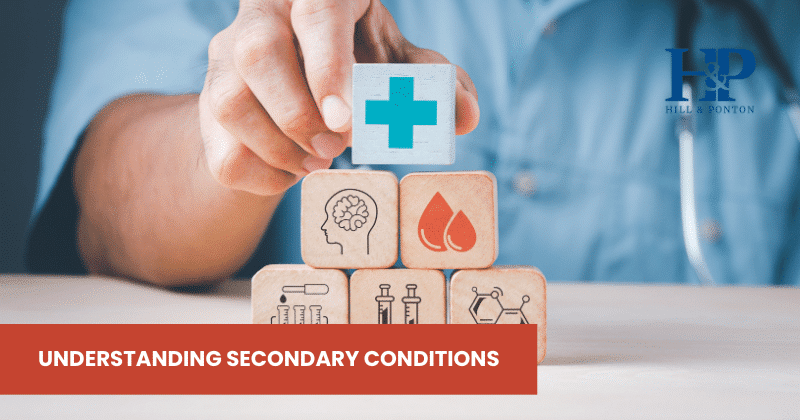In previous posts, we discussed the first and second elements of proving a claim for service connection: a current disability and an in-service event. Today we will discuss the third element of service connection – a nexus between the first two elements. What does the VA mean by nexus? In simplest terms, the nexus requirement means that there must be some link or connection between the current disability that the veteran is suffering from and the event that occurred in service. This is typically going to be the most difficult element for a veteran to prove and is where many claims fail, especially when a lot of time has passed between the event in service and the current claim. Today, we will give you some tips for how best prove this third element of service connection.
Understanding the nexus requirement depends first on understanding the different ways that service connection can be established. The first is direct service connection, which requires a direct link between the current disability and something that occurred during the period of military service (note that the event in service does not need to be combat or training related, it can be almost anything that happened during the time that the veteran was serving on active duty as long as it was not the result of willful misconduct). Second is aggravation of an existing condition, which requires showing that the veteran had a condition that pre-existed service and that condition was aggravated or became worse during service. Third is presumptive service connection, which means that the current disability did not manifest during service, but because of a statute or VA regulations, the condition is presumed to be linked to service. Fourth is secondary service connection, which requires showing that the current disability is the result of a medical condition that is itself connected to service. There is also a way to get service connection as a result of an injury caused by VA health care.
As you can probably guess, multiple posts can, and have, been written on each of the different ways to get service connection, so we will not go into detail specifically about those methods today. Instead, we will focus on the link itself. The most important evidence you can develop in proving this third element of service connection is medical evidence. The VA will almost never accept anything other than competent medical evidence in order to prove that a nexus exists between the current disability and the event in service. Of course, there are a few notable exceptions such as Agent Orange exposure and Gulf War syndrome, but for the most part, medical evidence of a nexus is required.
How should you go about developing the medical evidence? The most helpful evidence is almost always an independent medical opinion from a doctor that states it is as likely as not that the current disability is linked to the veteran’s service. Note, this requires more than a doctor writing this one line. Instead, the most persuasive evidence is going to be an opinion where the doctor reviews the entire file of medical evidence, including service medical records, private treatment records, and VA medical records, forms an opinion based on that record or in combination with an in person examination, and supports his or her opinion with competent medical reasoning. Note that the opinion you get from the expert will vary depending on what theory of service connection you are relying on, whether that be direct service connection, secondary service connection, presumptive service connection, or aggravation.
Note that even if you are not able to get an independent medical opinion on your own, the VA may send you to a C&P examination and have one of their doctors provide an opinion on service connection. One thing to keep in mind is that the VA doctor who will be seeing you for your C&P examination is more than likely not going to be the doctor who you see on a regular basis, so he or she will not be as familiar with your case as your primary doctor and is not going to know anything about you outside of what is in your file and what you disclose during the exam. For this reason, it is important to be honest and open with the examiner, because they will likely not go out of their way to go into detail about your condition, so it is in your best interest to do all you can to make sure everything gets in the record. It is also important to keep mental notes during the examination, because if the opinion is not helpful, or you feel the examiner left out crucial information that you told him, you can submit a statement that tells your side of the story as to what take place during the examination.
As you can see, the nexus element of service connection is a dense topic, but the important thing to remember is that medical evidence is key.



